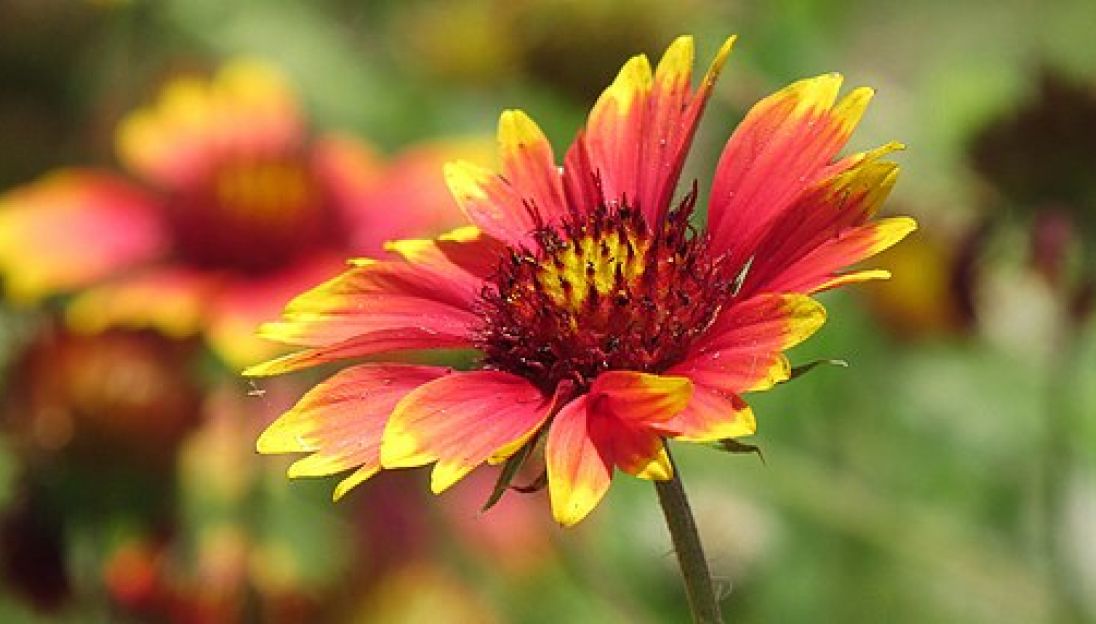With the benefits of low water use, low maintenance, improving ecosystems, and a growing offering of beautiful plants, the popularity of native plants has skyrocketed in the Tri-Cities. Still, there are a lot of opportunities for people to replace their water-hungry grass. The coming months are a perfect time to plan for a fall makeover.
Free Native Garden Design offered by The Wild Ones
A Wisconsin-based nonprofit called The Wild Ones has published a free Native Garden Design for the Columbia River Basin. It is part of their Native Garden Designs program, with designs for several eco regions of the United States, like Boston, Chattanooga, Chicago, Denver, Grand Rapids, Portland, and others, supported by a grant from the Stanley Smith Horticultural Trust.
The Columbia River Basin free garden plan is designed by our local Ann Autrey, owner of Tapteal Native Plants, a nursery in West Richland.
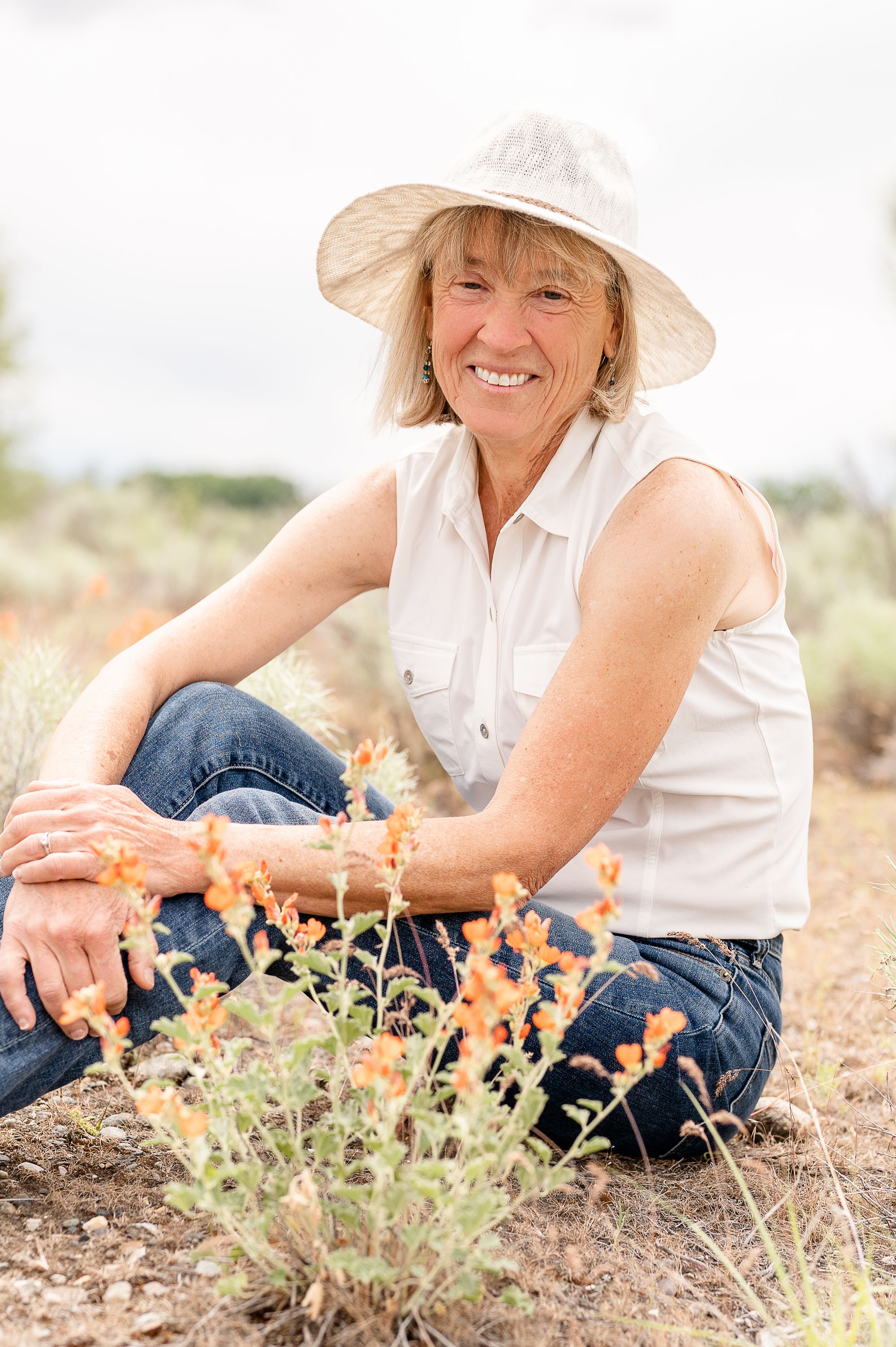
The Wild Ones is a fast growing organization with 8,400 members in 32 states.
They depend on membership fees, donations, and gifts from individuals and businesses to “help heal the Earth, one landscape at a time.”
A South Dakota-sized expanse of natural places will disappear by 2050.
According to The Wild Ones, from 2001 to 2017, the United States lost a football field’s worth of natural area every 30 seconds. An analysis conducted by Conservation Science Partners published in 2019 determined that if these trends continue, a South Dakota-sized expanse of natural places will disappear between now and 2050!
Tri-Cities’ rapid expansion
Our city ranks amongst the fastest growing areas in the United States and the pace of which natural vegetation is replaced by turf grass, concrete, and non-native plantings is staggering.
According to the late ecologist E.O. Wilson in a New York Times article, “Only through preservation of much more natural habitat than previously envisioned can extinction be brought close to a sustainable level.”
We can no longer leave conservation to the conservationists.
Wild Ones Executive Director Jen Ainsworth explained, “It’s crucial that we re-examine our approach to stewarding the spaces we own (our yards), as well as the public spaces in our communities. We need to adopt landscaping methods that are sustainable and promote the health and wellbeing of all forms of life…. Nature depends on the participation of all of us.”
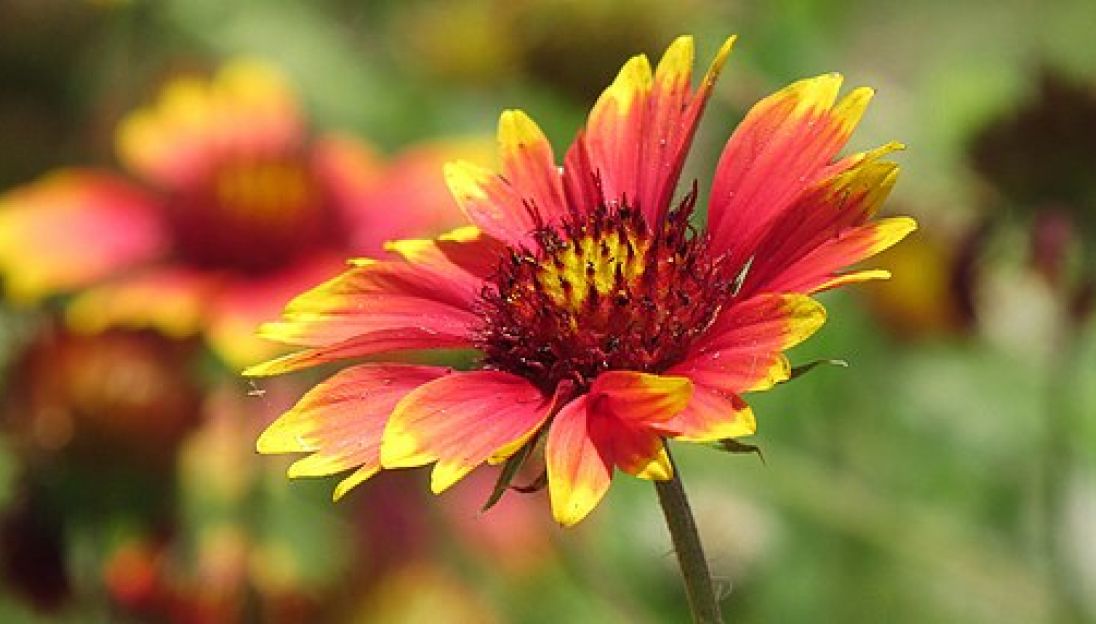
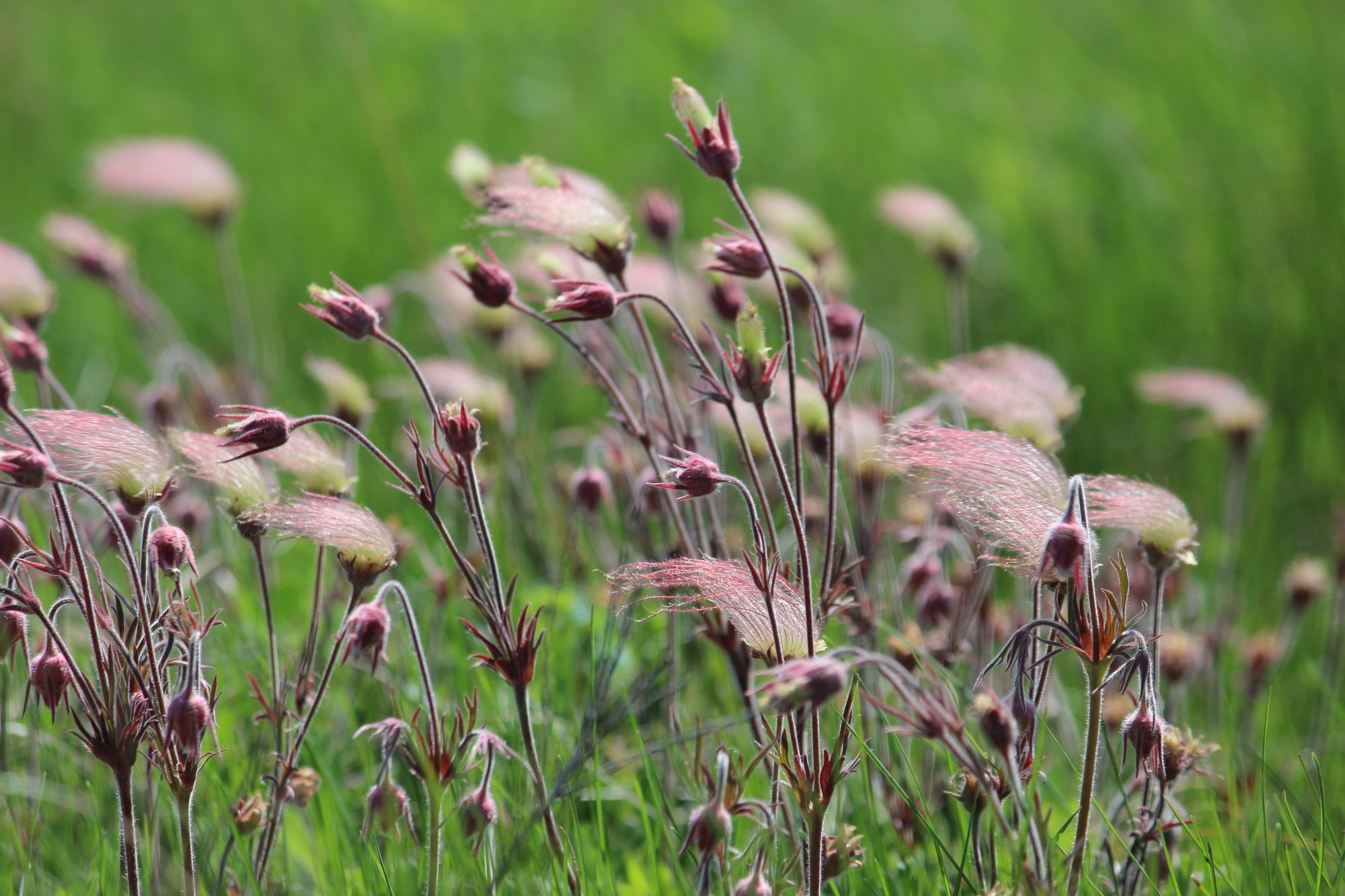
Upcoming water restrictions
The Tri-City Herald wrote an article on May 5 about the five Yakima Project storage reservoirs at 76% of their capacity, which means that junior water rights owners could be restricted in their water use. That same article offered “tips for a healthy lawn” with ways to “conserve irrigation water”. Sadly, having lawns in the first place requires a lot of water to maintain.
Another consideration is the costs of the water itself. A landscaper told me the difference between a drought-resistant landscape and a lawn-heavy landscape could be over $6000 a year!
It would be a much better idea to remove the lawn altogether and replace it with beautiful native drought-resistant plantings.
Native Garden Design resources
The website nativegardendesigns.wildones.org has the full garden design process under ‘Columbia River Basin’. There is also a full free webinar to watch.
Consider a transition to native plants in phases and slowly get familiar with the native species. If you want to get a designer like Ann involved, send a note with your garden needs to info@tapteal.org. Check out also the Native Plant Society.

Be prepared to remove the Tree of Heaven.
A statewide concern
The Tree of Heaven is considered a class C invasive species in the State of Washington, which means they require monitoring and management to prevent them from becoming established and causing harm to native ecosystems, agriculture, or human health.
Besides growing fast and taking over native ecosystems, it also is a major concern for agriculture because it hosts a crop damaging insect called ‘the spotted lanternfly’.
Stop the spread
Would you like to help stop the spread of an insect that could harm Washington’s fruit trees, grapes, hops, and a wide range of ornamental and native trees?
Decide to effectively remove the tree in your yard, advise others to do so, or report infestations to your city.
Don’t cut it down!
When a Tree of Heaven is cut down, it may resprout vigorously from its roots or stump, producing new shoots that can quickly grow into new trees.
Use ‘hack and squirt’
To remove a Tree of Heaven use the ‘hack and squirt’ method. It involves cutting a shallow notch or ‘hack’ into the bark of the tree using a hatchet, and applying a small amount of concentrated herbicide to the exposed inner bark. The herbicide is absorbed by the tree and transported throughout the vascular system, eventually killing the tree.
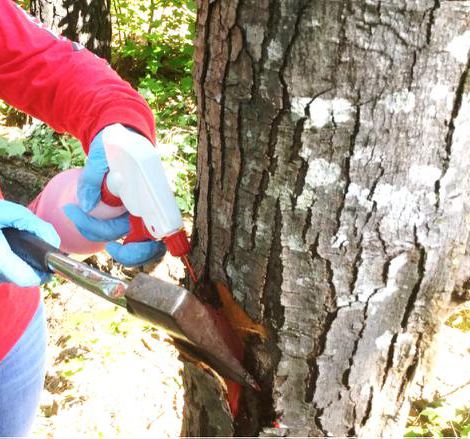
Timing is crucial
The best time to apply the herbicide is in late summer or early fall when the leaves are still green and the tree is preparing for winter dormancy. Injecting herbicide at this time allows the chemical to enter the tree's vascular system and reach the roots.
Need help?
Contact the Franklin County and Benton County Noxious Weed Control Boards for consultation.
